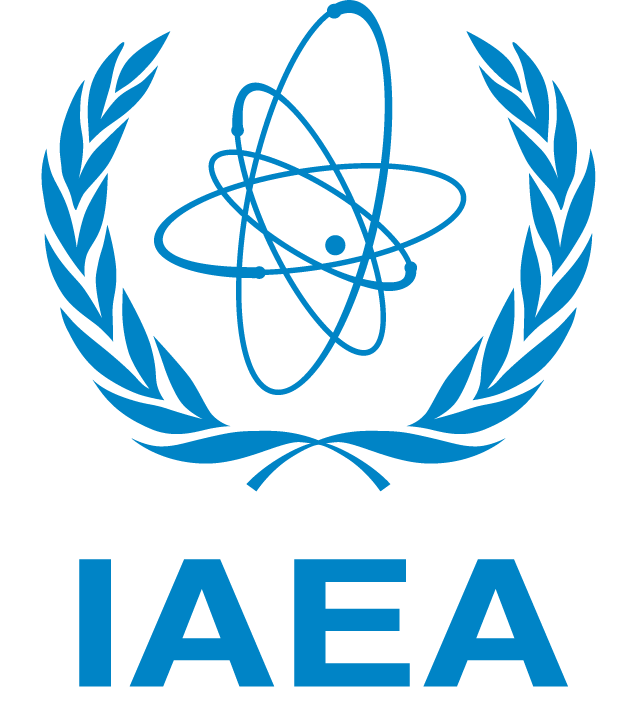Plenary Lecturers
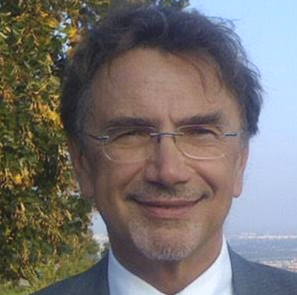 |
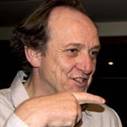 |
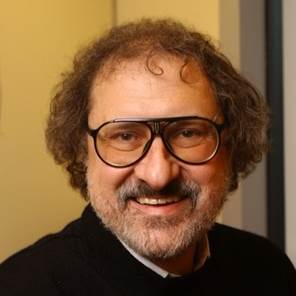 |
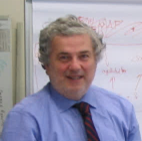 |
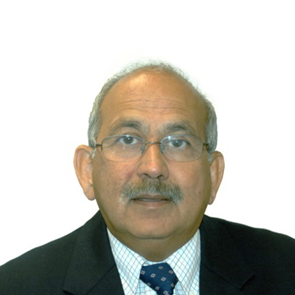 |
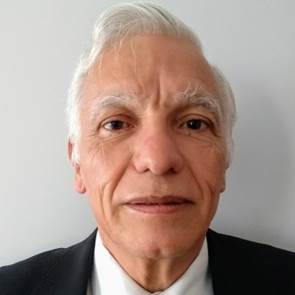 |
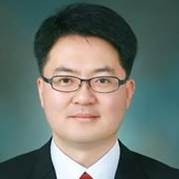 |
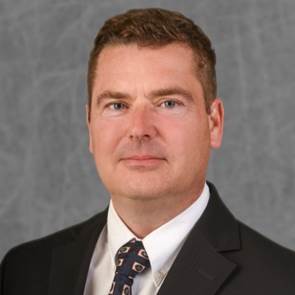 |
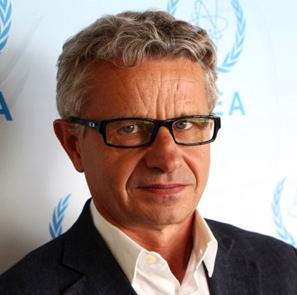 |
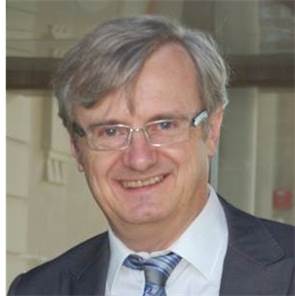 |
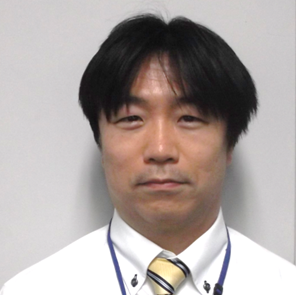 |
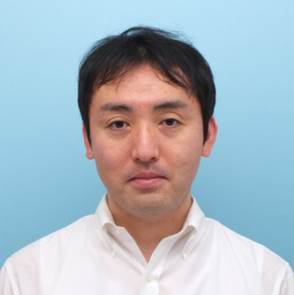 |
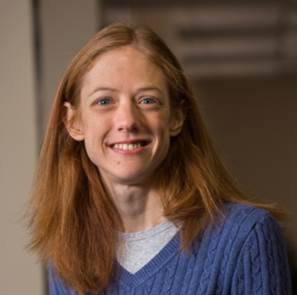 |
see Panel Moderators
Alphabetic Order
see also in plenary session order
Dominique Bestion (CEA, France)
Dr. Dominique Bestion is Research Director at CEA, professor at Ecole Polytechnique and teaches at INSTN, ECP, ENSE3. He has been developing two-phase flow models for the CATHARE system code for more than 30 years and coordinated modelling activities of the NEPTUNE multi-scale thermal hydraulic platform. He coordinated thermal hydraulic activities of the NURESIM, NURISP and NURESAFE European Projects for a reactor multi-physics and multi-scale simulation platform. He coordinates a Working Group of OECD-NEA for the application of CFD to nuclear safety. He is editor at the Nuclear Engineering and Design review. He is NURETH Fellow.
Plenary Session: BEPU IN THERMAL-HYDRAULICS: CURRENT ISSUES, CHALLENGES AND FUTURE PERSPECTIVES
Plenary Lecture: BEPU methods using CFD codes -Progress made within OECD-WGAMA CFD activities
Giovanni Bruna (IRSN, France)
Giovanni Bruna is a Dr. in Nuclear Physics and he has more than 40 years of experience in reactor safety, design and operation. He is the scientific director IRSN - French Institute for Radioprotection and Nuclear Safety. Previously, he was IRSN’s Deputy Director for reactor safety, and AREVA group’s manager nuclear reactor physics & senior international expert.
Plenary Session: BEPU METHODOLOGIES AND V&V PROCESS
Plenary Lecture: Uncertainty in design and operation. How dealing with?
 Francesco D'Auria (UNIPI, Italy)
Francesco D'Auria (UNIPI, Italy)
Prof. Francesco D'Auria is a professor at University of Pisa teaching Nuclear Thermalhydraulics. Since 1980 he has been cooperating with ANS, EC, IAEA and OECD/NEA; currently he is member of CSNI and of Senior Group. He is coauthor of more than 1000 publications (200 in Journals). He is: Foreign Member of Argentinean Academy of Science (Buenos Aires), Recipient of “N.A. Dollenzhal gold medal” by Nikiet (Moscow), NURETH fellow, Founder and Editor in Chief of Journal STNI, General Chair of International Conferences e.g. NURETH-15 and TopSafe, Editor of the Elsevier Book “Thermal Hydraulics in Water Cooled Nuclear Reactors”.
Plenary Session: BEPU IN THERMAL-HYDRAULICS: CURRENT ISSUES, CHALLENGES AND FUTURE PERSPECTIVES
Plenary Lecture: BEPU Status and Perspectives
Ms. Lisa Gerken is a Principal Engineer at Framatome. Ms. Gerken has made significant contributions for Framatome in the development and approval of EMF-2103PA Rev. 3, “Realistic Large Break LOCA Methodology for Pressurized Water Reactors.” She was also involved in the development of new analyses and methodologies for the EPR reactor. Ms. Gerken was a Framatome Engineer of the Year in the US for 2016 and, on the global scale, she is a Framatome Expert. Her expertise covers fuel cladding materials, fuel rupture models, and both deterministic and statistical applications for LOCA in the US region.
Plenary Session: BEPU METHODOLOGIES AND INDUSTRIAL APPLICATIONS
Plenary Lecture: Realistic Large Break LOCA Methodology for Pressurized Water Reactors
Jim Gulliford has over 30 years’ experience in the Nuclear Industry, working in the UK, France and the USA. During that time he has led multinational research teams working on thermal and fast reactor systems.
Since 2010 he has been working for the OECD Nuclear Energy Agency (NEA) in Paris, as Head of Nuclear Science and as Head of the Data Bank. In these roles he has helped develop and coordinate international activities in many areas of nuclear science, including advanced modelling methods (multi-scale and multi-physics), innovative materials, uncertainty analysis and experimental needs. Current projects include the development of the NEA Nuclear Education, Skills and Technology (NEST) activity, which is aimed at passing on key knowledge to a new generation of nuclear scientists and engineers by involving them in collaborative R&D projects where they can work alongside leading international experts.
Plenary Session: MULTI-PHYSICS AND MULTI-SCALE SIMULATION TOOLS
Plenary Lecture: NEA activities to support uncertainty quantification, validation and verification for nuclear systems modeling
Dr. Junichi Kaneko graduated from the Graduate School of Nuclear Engineering at Tokyo Institute of Technology in 2008. Since his graduation from the university, he has been working in the nuclear engineering field for 10 years. Now he is a researcher of the Regulatory Standard and Research Department at the Secretariat of the Nuclear Regulation Authority and responsible for several researches of thermal hydraulics including development of a safety analysis code.
Plenary Session: BEPU METHODOLOGIES: HISTORICAL REMARKS AND REGULATORY REQUIREMENTS
Plenary Lecture: Status of BEPU study in NRA and Japan
 Ki Yong Choi (KAERI, South Korea)
Ki Yong Choi (KAERI, South Korea)
Dr. Ki Yong Choi earned his Ph.D. in nuclear thermal hydraulics at Korea Advanced Institute of Science and Technology (KAIST) in 1998. He was awarded a Chevening Scholarship from British Council and worked as a research fellow at Manchester University, UK for 1999 in the field of drop-wise condensation. Then he has been working at Korea Atomic Energy Research Institute for more than 18 years. His major research interests include experimental and analytical works on thermal-hydraulic phenomena and model development related to the advanced light water reactors such as APR1400, APR+ and SMART. He was also involved in the development of system-scale safety analysis code and modeling. In particular, he played a leading role in coordinating the 50th OECD/NEA international standard problem (ISP-50) and OECD/NEA joint projects. He has a lot of expertise in design, operation, control, and scaling analysis of thermal-hydraulic experimental facilities. Code uncertainty analysis is also one of his research interests. Currently he is responsible for the nuclear thermal-hydraulic safety and severe accident research and is working for the planning and evaluation of the project.
Plenary Session: BEPU METHODOLOGIES AND V&V PROCESS
Plenary Lecture: Application of BEPU methodologies in V&V process
Dr. David Kropaczek joined North Carolina State University (NCSU) in 2016 as the Duke Energy Distinguished Professor in Nuclear Engineering. He is the current Chief Scientist of the Consortium for Advanced Simulation of Light Water Reactors (CASL). Previous experience includes positions in both R&D and leadership within Westinghouse, General Electric, and Studsvik Scandpower where he most recently served as CEO. Dr. Kropaczek has over 30 years’ experience is in the field of nuclear energy with a focus on computational methods development in the areas of nuclear fuel cycle optimization, reactor physics and thermal-hydraulics for LWRs. Dr. Kropaczek earned a B.S. degree in Engineering Science in 1985 from the New Jersey Institute of Technology and Master’s (1987) and Ph.D. (1990) degrees in Nuclear Engineering from NCSU. Dr. Kropaczek also holds a Joint Faculty Appointment with Oak Ridge National Laboratory.
Plenary Session: MULTI-PHYSICS AND MULTI-SCALE SIMULATION TOOLS
Plenary Lecture: CASL: Consortium for the Advanced Simulation of Light Water Reactors – Experiences in Multi-Physics and Multi-Scale Simulation Tool Development
 Oscar Mazzantini (NASA, Argentina)
Oscar Mazzantini (NASA, Argentina)
Mr. Oscar Mazzantini has over 35 years of experience in the Nuclear sector in Argentina and internationally. His field of expertise includes Safety Analysis, Licensing, Thermal-Hydraulics; specific expertise in Analyses related to Nuclear Power Plant behavior during accident conditions and the corresponding Assessment and Validation of used Computer Codes. He worked for 16 years (1981-1997) at ENACE (a joint venture between Siemens-KWU and the CNEA-Argentina Nuclear Energy Commission) 7 of which he worked at Siemens-KWU in Germany. He also worked (1997- to the present) at NA-SA (Nucleoeléctrica Argentina S.A.) where he was responsible for the Safety and Licensing of Aucha2 NPP. At the present he is Safety Analysis and Core Design Manager for the new NPP at NA-SA. He has a background in Chemical Engineering from the Buenos Aires University, Argentina.
Plenary Session: BEPU METHODOLOGIES AND INDUSTRIAL APPLICATIONS
Plenary Lecture: Full BEPU Application for Chapter 15 of Atucha-2
 Shinya Mizokami (TEPCO, Japan)
Shinya Mizokami (TEPCO, Japan)
Dr. Shinya Mizokami is a Manager at Fukushima Daiichi Decontamination and Decommissioning Engineering Company, Tokyo Electric Power Company Holdings (TEPCO HD), and is assigned to work on Analysis of the Fukushima Dai-ichi accident since July 2011. He and his team have made great contributions to clarify plant behavior during the accident, such as uncontrolled longer term RCIC operation, unexpected ADS activation, etc. He earned a doctoral degree in nuclear engineering at the University of Tokyo in 2000. After joining TEPCO, he had been involved in safety analysis and its licensing work on AOO and DBA over 10 years.
Plenary Session: BEPU METHODOLOGIES AND INDUSTRIAL APPLICATIONS
Plenary Lecture: Uncertainty Evaluation in Decommissioning-related Tasks on Fukushima Daiichi Accident
Mr. Mike Modro has over 40 years of experience in research and engineering, including over 30 years in Nuclear Reactor Design, Licensing and Safety Research. His field of expertise includes: Analyses and Research related to Nuclear Power Plant behavior during accident conditions; Assessment and Validation of various Computer Codes used to simulate nuclear plant behavior; Development and conduct of Experimental programmes in support of nuclear safety needs; Programme and line Management, Business and Resource development. He worked over 25 years within the Idaho National Laboratory (United States) and 6 years as Senior Safety Assessment Officer for the International Atomic Energy Agency (for whom he is currently a Senior Consultant). He is a Guest Lecturer for the Imperial College of London (UK). He has a background in Physics from the University of Bern (Switzerland) and the University of Warsaw (Poland).
Plenary Session: BEPU METHODOLOGIES: HISTORICAL REMARKS AND REGULATORY REQUIREMENTS
Plenary Lecture: BEPU what else?
Dr. Upendra Rohatgi is on scientific staff of Brookhaven National laboratory since 1975 and is currently a senior scientist. He received his bachelor of technology degree from Indian Institute of Technology, Kanpur and his Ph.D from Case Western Reserve University, Cleveland, both in Mechanical Engineering. He has been contributing to US Nuclear Regulatory Commission programs for thermal-hydraulic code development, validation, scaling methods and uncertainty analyses for different scenarios for PWR and BWR since 1975. He has consulted with AECL and OPG Canada for development of uncertainty methods for CANDU transients. In addition, he is leading a task force for developing guidelines for multi-physics code validation and uncertainty methods for NEA-OECD expert group. He is currently a thermal-hydraulic consultant to Advisory Committee for Reactor Safeguards of USNRC. He has authored over 100 papers. He has chaired two NASA Scientific Review Panels for Microgravity Experiments in shuttle, 1997 and in Space Station-Mir 2013.
Plenary Session: BEPU METHODOLOGIES: HISTORICAL REMARKS AND REGULATORY REQUIREMENTS
Plenary Lecture: Historical perspectives of BEPU research
 Grzegorz Rzentkowski (IAEA, Austria)
Grzegorz Rzentkowski (IAEA, Austria)
Dr. Greg Rzentkowski joined the IAEA as Director of Nuclear Installation Safety in 2015.
Greg has over 35 years of experience in mechanical and nuclear engineering. He began his nuclear career in 1989 in Ontario Hydro, Canada, as a Senior Research Engineer. Since joining the Canadian Nuclear Safety Commission in 1995, he has held progressively responsible positions in management of technical and regulatory programs. In 2008, he was named Director General of the Directorate of Power Reactor Regulation. He also chaired the Fukushima Task Force which developed Canada’s action plan for implementation of safety improvements.
Greg holds a Doctor of Philosophy in Mechanical Engineering and has served as Adjunct Professor at McMaster University in Hamilton, Canada. He published several research papers in scientific journals and conference proceedings, and proprietary reports prepared for the Nuclear Industry.
Plenary Session: BEPU METHODOLOGIES: HISTORICAL REMARKS AND REGULATORY REQUIREMENTS
Plenary Lecture: BEPU Methodologies and requirements from the perspective of IAEA Safety Standard











